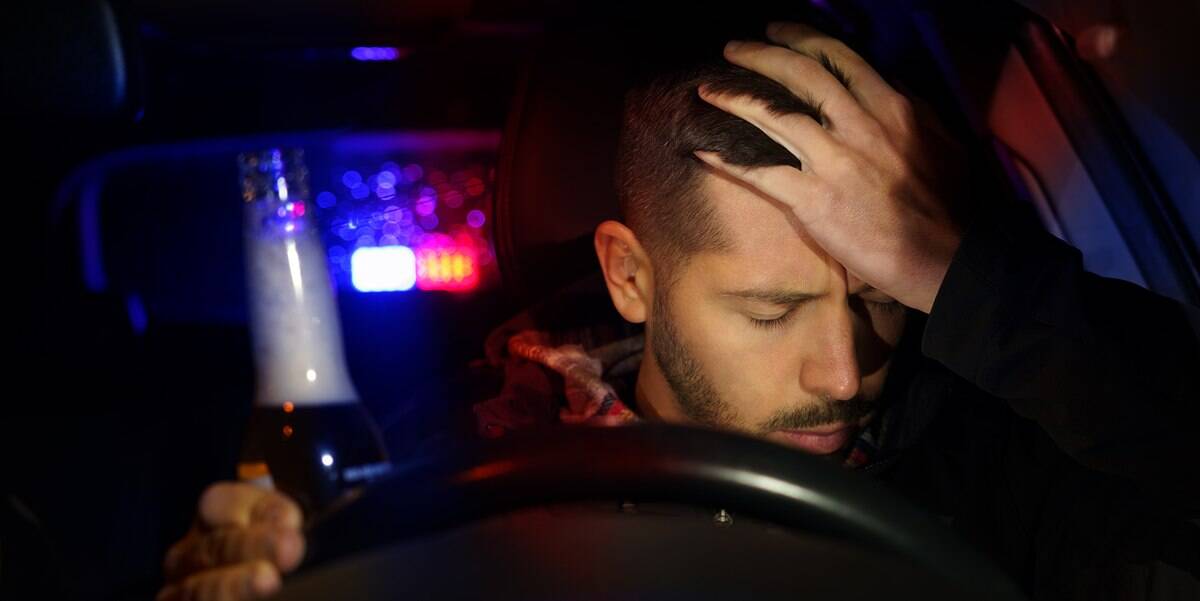If you’ve had a drink and are wondering whether it’s safe to drive, knowing how long alcohol stays in your system can make a big difference—especially under Arizona’s strict DUI laws. Blood Alcohol Concentration (BAC) affects how impaired you appear to law enforcement, and even a slight miscalculation can lead to criminal charges. Many people in Phoenix, Scottsdale, and surrounding areas find themselves arrested after assuming they were below the legal limit when they weren’t.
This article will help you understand how the body processes alcohol, how long it stays detectable, and what factors influence your BAC. We’ll also explain how this information applies to Arizona DUI law, including how attorney Arja Shah at Shah Law Firm can help if you’re facing charges.
Whether you’re trying to figure out when you’re sober enough to drive or want to understand how alcohol affects your body over time, this article provides the facts and context you need to make safer decisions.
- What Is Blood Alcohol Concentration (BAC)?
- How Alcohol Is Absorbed and Metabolized in the Body
- Factors That Affect How Long Alcohol Stays in Your System
- How Long Is Alcohol Detectable in Blood, Breath, and Urine?
- Real-World Examples from Scottsdale and Phoenix DUI Arrests
- Arizona DUI Laws and Legal Limits
- Important Things to Remember
- How Shah Law Firm Can Help You Fight a DUI Charge
What Is Blood Alcohol Concentration (BAC)?
Blood Alcohol Concentration, or BAC, is the measurement of alcohol in a person’s bloodstream. It is usually expressed as a percentage.
For example, a BAC of 0.08% means there are 0.08 grams of alcohol per 100 milliliters of blood, reflecting the percentage of alcohol in the bloodstream.
In Arizona, it is illegal to drive with a BAC of 0.08% or higher under ARS §28-1381(A)(2), which addresses the implications of blood alcohol content and its relation to alcoholic beverages.
For commercial drivers, the limit is 0.04%, and for drivers under the age of 21, any detectable amount of alcohol can result in charges.
Even if your BAC is under 0.08%, you can still be charged under laws relating to the amount of alcohol consumed. ARS §28-1381(A)(1) addresses issues related to blood alcohol content and the consequences of consuming alcoholic beverages.
If the officer believes you are impaired to the slightest degree.
That’s why understanding your BAC level and what influences it is so important.
How Alcohol Is Absorbed and Metabolized in the Body
When you consume alcohol, it is absorbed primarily through the stomach and small intestine and then enters your bloodstream. From there, alcohol travels to the brain, where it affects your central nervous system and impairs your ability to operate a vehicle safely.
Your liver metabolizes about one standard drink per hour, which equals approximately:
- 12 ounces of beer is a standard alcoholic beverage that can significantly affect your BAC.
- 5 ounces of wine can significantly increase your blood alcohol content.
- 1.5 ounces of distilled spirits (like vodka or whiskey)
The enzyme alcohol dehydrogenase plays a key role in alcohol metabolism. Helps break down alcohol in the liver.
However, your body can only process so much alcohol per hour. Any excess remains in your bloodstream, raising your BAC.
Factors That Affect How Long Alcohol Stays in Your System
Many people think they can “sober up” faster by drinking coffee, taking a cold shower, or exercising. None of these lowers your BAC.
The rate at which you metabolize alcohol is essentially fixed, but several factors influence how long alcohol stays in your system:
- Body weight and composition can significantly affect alcohol metabolism. People with more body fat retain alcohol longer.
- Gender: Women typically have a higher BAC than men after consuming the same amount of alcohol.
- Food intake: Drinking on an empty stomach speeds up alcohol absorption and affects alcohol metabolism.
- Age and liver health: Older adults or those with liver disease metabolize alcohol more slowly.
- Medications: Some drugs can intensify or prolong the effects of alcohol consumption.
All these factors determine how long it takes for your body to eliminate alcohol and how high your BAC level will rise based on the type of alcohol consumed.
How Long Is Alcohol Detectable in Blood, Breath, and Urine?
Although the liver eliminates alcohol at a steady pace, it remains detectable in your system for varying lengths of time depending on the test:
- Blood Test: Detects alcohol in your bloodstream for up to 12 hours after the last drink.
- Breathalyzer Test: Typically effective up to 24 hours, depending on BAC.
- Urine Test: Alcohol can be detected 12 to 48 hours after drinking. In cases of heavy use, specific tests detect metabolites for up to 80 hours.
Each person processes alcohol differently so that these timeframes can vary.
This becomes critical during DUI investigations, mainly when law enforcement relies on breath or blood tests to determine alcohol intoxication.
Real-World Examples from Scottsdale and Phoenix DUI Arrests
- Example 1: Scottsdale Old Town DUI Arrest involving high blood alcohol content.
- A 27-year-old woman attended a brunch in Old Town Scottsdale and consumed two mimosas and a Bloody Mary over three hours. She felt fine and drove home. On the way, she was pulled over for rolling a stop sign. A breath test revealed a BAC of 0.09%, just over the legal limit. Despite spacing out her drinks, her BAC was still high enough for a DUI under ARS §28-1381(A)(2).
- Example 2: Phoenix Suns Game DUI Stop
- A 35-year-old man went to a Phoenix Suns game and had four beers between 6 p.m. and 9 p.m. Thinking he was safe to drive after waiting an hour, he left the arena. A traffic stop for a broken taillight led to a breathalyzer test, showing a BAC of 0.07%. Even though he was under 0.08%, he was still charged under intoxication laws. ARS §28-1381(A)(1) for being impaired to the slightest degree.
These examples show how unpredictable BAC levels can be, especially when you consider factors like food, time, and body weight.
Arizona DUI Laws and Legal Limits
Arizona has some of the harshest DUI laws in the country.
As mentioned, there are two main DUI charges under blood alcohol content regulations:
- ARS §28-1381(A)(1): Driving while impaired to the slightest degree.
- ARS §28-1381(A)(2): Driving with a BAC of 0.08% or more indicates significant alcohol use.
There are also more severe charges, such as those related to alcohol use disorder and repeated DUI offenses.
- Extreme DUI: BAC of 0.15% or more.
- Super Extreme DUI: BAC of 0.20% or more.
- Aggravated DUI: DUI with a suspended license, third offense, or with a child in the vehicle.
Understanding how long alcohol stays in your system is essential for avoiding unintentional violations of laws regarding the percentage of alcohol in your bloodstream.
Important Things to Remember
- Your BAC depends on many personal factors, not just how much you drink.
- Waiting an hour per drink is not always enough to be safe to drive.
- You can be charged with DUI even if your BAC is under 0.08%.
- Alcohol can be detected in your system long after you’ve stopped drinking.
- When in doubt, call a ride instead of drinking alcohol and driving.
How Shah Law Firm Can Help You Fight a DUI Charge
If you’ve been charged with DUI in Arizona, you’re not alone—but you do need legal help fast. At Shah Law Firm, attorney Arja Shah has successfully defended thousands of DUI cases across Maricopa County, including Phoenix and Scottsdale. She understands how BAC evidence is gathered and how to challenge it in court.
From questioning the accuracy of breath tests to reviewing how the stop occurred, Arja Shah builds strong defenses that protect your rights regarding alcohol use. She offers one-on-one legal consultations and creates personalized defense strategies for each client facing charges related to alcohol use disorder.
With nearly 20 years of experience, over 3,000 case victories, and strong relationships with prosecutors and law enforcement, Arja Shah is the DUI defense attorney you want on your side.
To schedule a free consultation, call (602) 560-7408 or visit arjashahlaw.com. Don’t wait—your future is worth protecting today.








